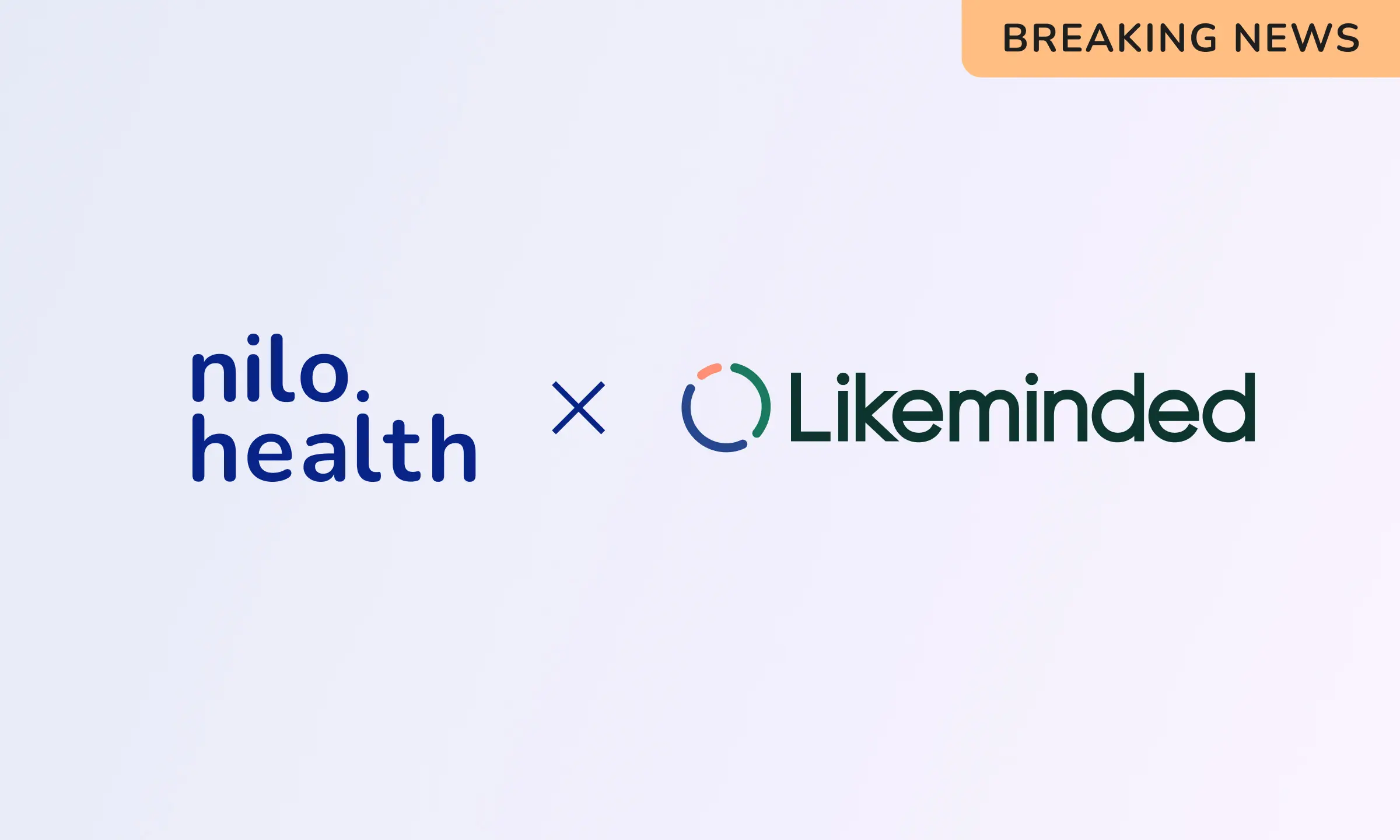What do you think of when you hear the words “psychologically safe workplace”? Is it something clinical, surrounded by doctors in white coats? Is it a confusing concept muddled up with the idea of company culture? Is it a blank space – something you can’t picture and don’t understand?
Let’s bring some clarity to this situation! In this article, we’ll break down exactly what a psychologically safe workplace is, as well as the difference between it and company culture, and how you can create that space in your company.

In today’s corporate landscape, the terms “company culture” and “psychologically safe workplace” are often mentioned in discussions surrounding employee well-being and organizational effectiveness. While these concepts are related, they represent distinct aspects of the work environment. Understanding the difference between company culture and a psychologically safe workplace is crucial for fostering a healthy and productive atmosphere for employees. In this article, we will explore the definitions, overlaps, and differences between these two concepts.
What is company culture?
Company culture refers to the shared values, beliefs, norms, and behaviors that shape the overall work environment within an organization. It encompasses the collective attitudes, goals, and practices that guide employee behavior and decision-making. Company culture is a reflection of an organization’s identity, its mission, and its vision. It influences how employees interact with one another, approach their work, and align themselves with the company’s objectives.
It is a space where individuals are encouraged to take risks, share their thoughts openly, and learn from their mistakes.
What is a psychologically safe workplace?
A psychologically safe workplace, on the other hand, focuses on creating an environment where employees feel safe to express their ideas, opinions, and concerns without fear of retribution or judgment. It is a space where individuals are encouraged to take risks, share their thoughts openly, and learn from their mistakes. Employees feel supported, respected, and valued for their contributions. Psychological safety fosters trust, collaboration, and innovation within teams and across the organization. And it pays off: data shows that these workplaces have effective communication, better employee retention and increased team performance.
Prioritizing psychological safety can be seen as a key component of a healthy company culture, as it promotes inclusivity, empowerment, and a sense of belonging.
Overlapping aspects
While these two ideas are distinct concepts, they do share certain overlapping aspects. Both are centered on the well-being and engagement of employees. In a positive company culture, there is often an emphasis on open communication, respect, and collaboration, which can contribute to psychological safety. Similarly, prioritizing psychological safety can be seen as a key component of a healthy company culture, as it promotes inclusivity, empowerment, and a sense of belonging.
Differences between company culture and a psychologically safe workplace
Despite the similarities, there are notable differences between the two concepts.
Company culture and psychological safety represent different aspects of the organizational environment.
Focus and Scope
Company culture is a broad and encompassing term that defines the overall atmosphere, values, and behaviors within an organization. It includes aspects such as organizational traditions, leadership styles, and the company’s approach to work-life balance. In contrast, a psychologically safe workplace specifically addresses the emotional well-being and individual contributions of employees, emphasizing trust, respect, and open communication.
Employee Experience:
Company culture is experienced collectively by employees, as it shapes their interactions, work processes, and the overall work environment. It influences employee motivation, satisfaction, and loyalty. On the other hand, psychological safety focuses on the individual experiences of employees, ensuring that they feel comfortable and secure to voice their opinions, ideas, and concerns without fear of negative consequences.
Organizational Impact:
Company culture has a profound impact on an organization’s reputation, brand identity, and its ability to attract and retain top talent. It shapes the organization’s external image and its internal dynamics. A psychologically safe workplace, while also contributing to employee retention and engagement, primarily impacts internal team dynamics, collaboration, and innovation. It enables organizations to unlock the full potential of their employees by creating an environment conducive to growth and learning.
Ready to build your best workforce?
While these concepts are interconnected, they represent different aspects of the organizational environment. Company culture encompasses the collective values, beliefs, and behaviors within an organization, shaping the overall work atmosphere. On the other hand, a psychologically safe workplace focuses specifically on creating an environment where employees feel safe, supported, and free to express themselves.
Understanding the differences between these concepts is essential for organizations to cultivate a positive work environment that promotes both employee well-being and organizational success. By nurturing a strong company culture and fostering a psychologically safe workplace, organizations can create a thriving environment where individuals are empowered, engaged, and able to reach their full potential.
It’s fair to say that a psychologically safe workplace always leads to a good company culture… but a good company culture might not always lead to a psychologically safe workplace. Prioritize psychological safety to see your company thrive.
Not sure where to start? We’ve got you.







